Resource Alliance unveils multilingual community platform at IFC 2024
November 13, 2024
Regular donors in Norway are loyal but businesses giving less, finds report
December 11, 2024The fundraising ratio across the UK charity sector was higher in 2021/22 than in any other year since the new millennium, data shows.
The National Council for Voluntary Organisations (NCVO)’s new UK Civil Society Almanac 2024 covers the 2021/22 financial year – this lag is due to factors including the 10-month gap between a financial year ending and a charity’s deadline for submitting accounts.
It shows total sector income of £69.1bn (€82.7bn), up 9% from the previous year’s £63.5bn (adjusted for inflation). Costs of generating funds, including fundraising costs, were £6.3bn (10% of sector outgoings): down from an inflation-adjusted £7.5bn (or 12% of the sector’s total expenditure) in 2020/21.
As such, the fundraising ratio for the sector reached 5.54, up from 4.73. The ratio had steadily grown from 3.91 in 2012/13, the only time it has dropped below four. It has only twice before exceeded five – in 2000/01 and 2007/08.
Fundraising ratio explained
The fundraising ratio is calculated by dividing the total voluntary and generated income by the amount spent raising funds, minus the cost of managing investments.
A note in the data tables accompanying the Almanac says:
“We believe this provides a good overall indication of fundraising performance by capturing the full range of fundraising income and costs.”
Government income drops
The public remains the largest source of sector income (providing 48%), while Government income – including grants, contracts and service fees – declined from 30% of total income in 2020/21 to 26% in the latest year.
Micro and small organisations (defined as those with an income of less than £100,000 per annum) received the largest proportion of their income from Government, at 37% – a significant increase from 15% in 2020/21. Meanwhile, public income for these nonprofits dropped from 54% to 25% of revenue.
Larger organisations, with income in excess of £1m, received 51% of income from the public and less (27%) from the Government – representing a shift from 46% and 33% respectively in 2020/21.
The Almanac shows that the public is the single largest source of income for 15% of all voluntary organisations, rising to 46% of larger (£1m-plus) organisations.
Social first
Social services was the largest sub-sector of the UK voluntary sector in 2021/22, accounting for 23% of total income and 19% of all organisations.
The next largest sectors in terms of income were health (12%), and grant-making foundations (11%). In terms of number of organisations, it was culture and recreation (15%) and religion (10%).
Nearly half (49%) of UK voluntary organisations have an income of less than £10,000.
Photo by John Cameron on Unsplash




